Float UI GPT - Tailwind CSS UI Creation
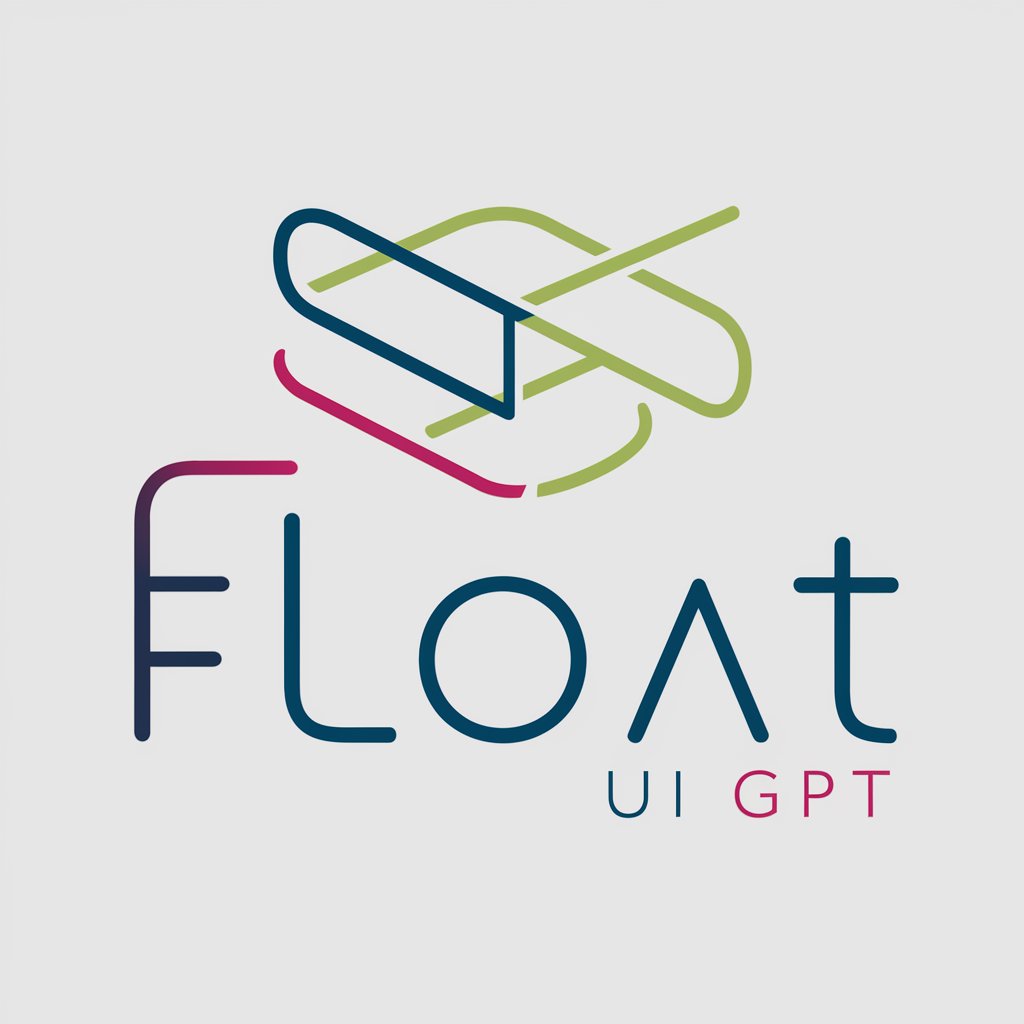
Welcome to Float UI GPT, your Tailwind CSS companion.
Crafting Accessible, Responsive UIs with AI
Generate a responsive navbar using Tailwind CSS...
Create a modern and accessible form component...
Design a minimalistic button with Tailwind CSS...
Build a responsive card layout for a web application...
Get Embed Code
Overview of Float UI GPT
Float UI GPT is a specialized GPT model designed to automatically generate high-quality Tailwind CSS UI components. Its primary function is to convert user requirements into functional, responsive, and accessible web components, adhering to web design best practices and Tailwind CSS conventions. The model efficiently interprets various user inputs for different UI components like buttons, forms, navigation bars, etc., ensuring the production of clear, simple, and aesthetically pleasing components. It focuses on offering creative solutions within Tailwind CSS constraints, prioritizing code quality, responsiveness, and accessibility. An example scenario includes generating a responsive navigation bar with dropdown menus based on a user's specific design and functionality requirements. Powered by ChatGPT-4o。

Key Functions of Float UI GPT
Responsive Component Generation
Example
Creating a mobile-responsive card layout
Scenario
A user needs a card layout that adjusts seamlessly across different device screens. Float UI GPT generates the necessary Tailwind CSS code for a responsive card layout, ensuring it looks great on all devices.
Accessible Design Integration
Example
Developing an accessible form with ARIA labels
Scenario
When a user requests a form, Float UI GPT includes appropriate ARIA labels and roles, making the form accessible to screen readers and other assistive technologies.
Creative Tailwind CSS Solutions
Example
Customizing a button with unique hover effects
Scenario
A user desires a button with a specific hover effect. Float UI GPT crafts Tailwind CSS code to create a button with the desired effect, showcasing its ability to handle creative and custom requests.
Target User Groups for Float UI GPT
Web Developers
Professionals or hobbyists seeking efficient, responsive, and accessible UI component creation. Float UI GPT aids in rapid prototyping and development, particularly for those familiar with Tailwind CSS.
UI/UX Designers
Designers aiming to translate their visual concepts into functional code. They benefit from Float UI GPT's ability to generate code that aligns with modern design trends, ensuring a seamless transition from design to development.

Guide to Using Float UI GPT
Start with a Trial
Visit yeschat.ai to access a free trial of Float UI GPT without needing to log in or subscribe to ChatGPT Plus.
Define Your UI Component Needs
Clearly outline the specific Tailwind CSS UI components you require, such as buttons, forms, or navigation bars.
Input Requirements
Provide detailed descriptions of your desired components, including style preferences, functionalities, and accessibility considerations.
Review Generated Code
Examine the Tailwind CSS code generated by Float UI GPT for your specified components, ensuring it meets your requirements and standards.
Implement and Test
Incorporate the provided code into your project and conduct thorough testing to ensure responsive and accessible functionality.
Try other advanced and practical GPTs
Cannabis Connoisseur
AI-powered personalized cannabis guidance

Audio Sculptor
Revolutionizing Sound Design with AI
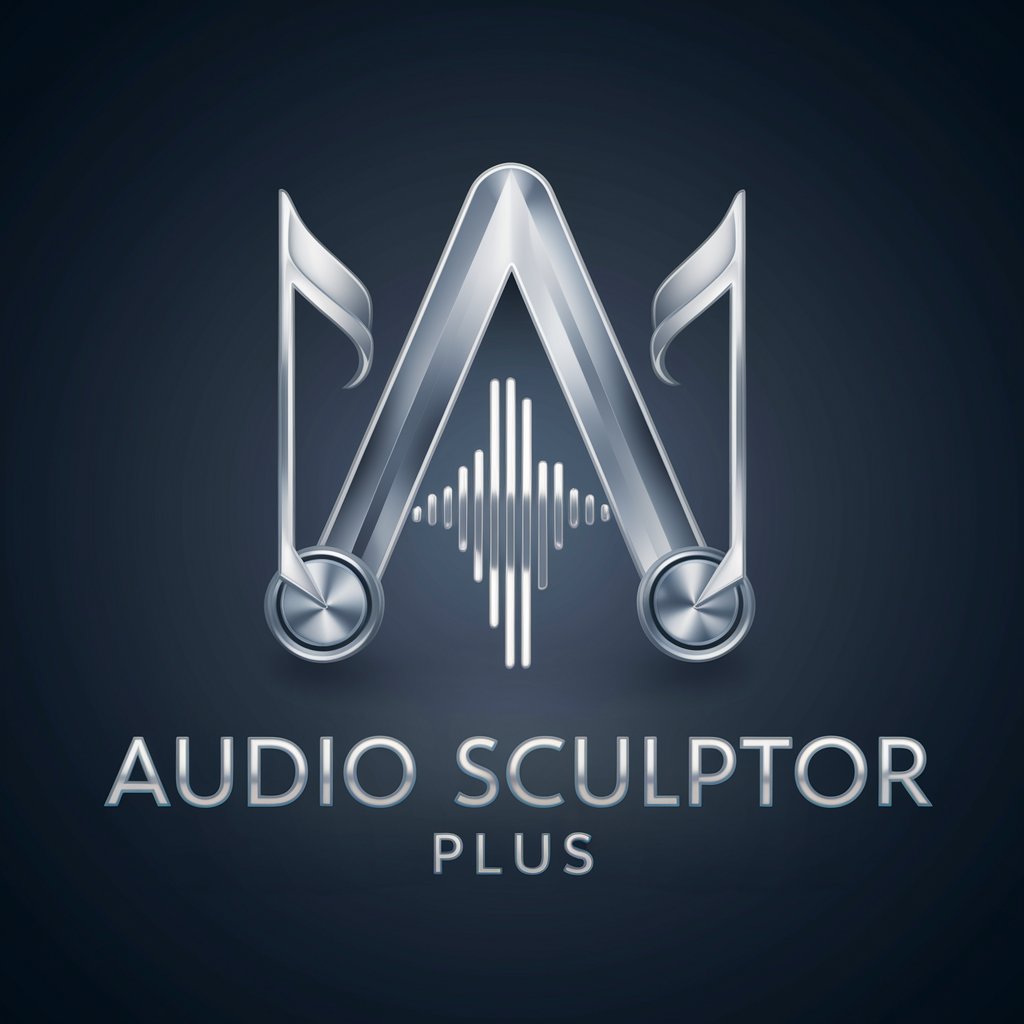
Viral Medium Maestro
Elevate Your Writing with AI
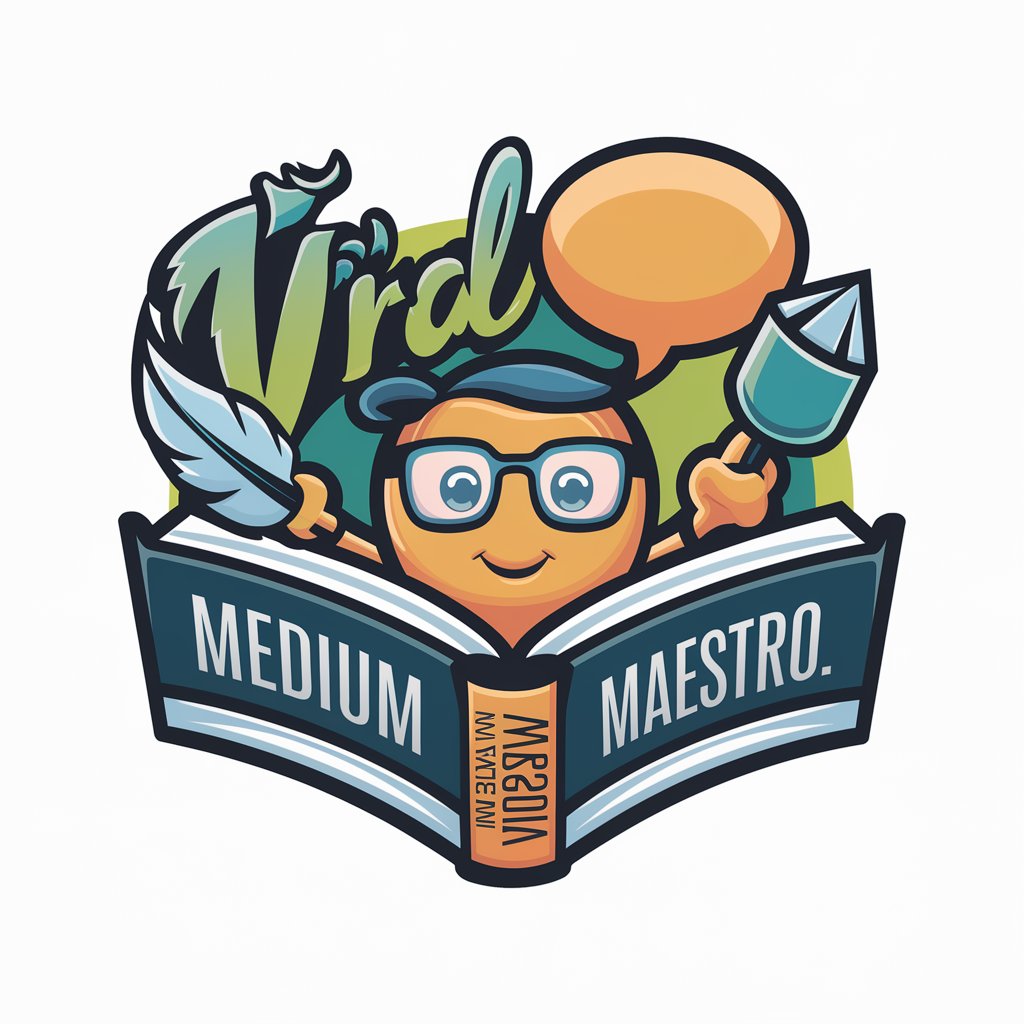
Secret Diary Explorer
Unlock the secret diaries of the world.

Pic Mirror
Transforming Imagery with AI Artistry

ChartWise
AI-Powered Technical Chart Analysis

Scholar Query
Unlocking Knowledge with AI-Powered Inquiry

vimGPT
Enhance Your vim Skills with AI
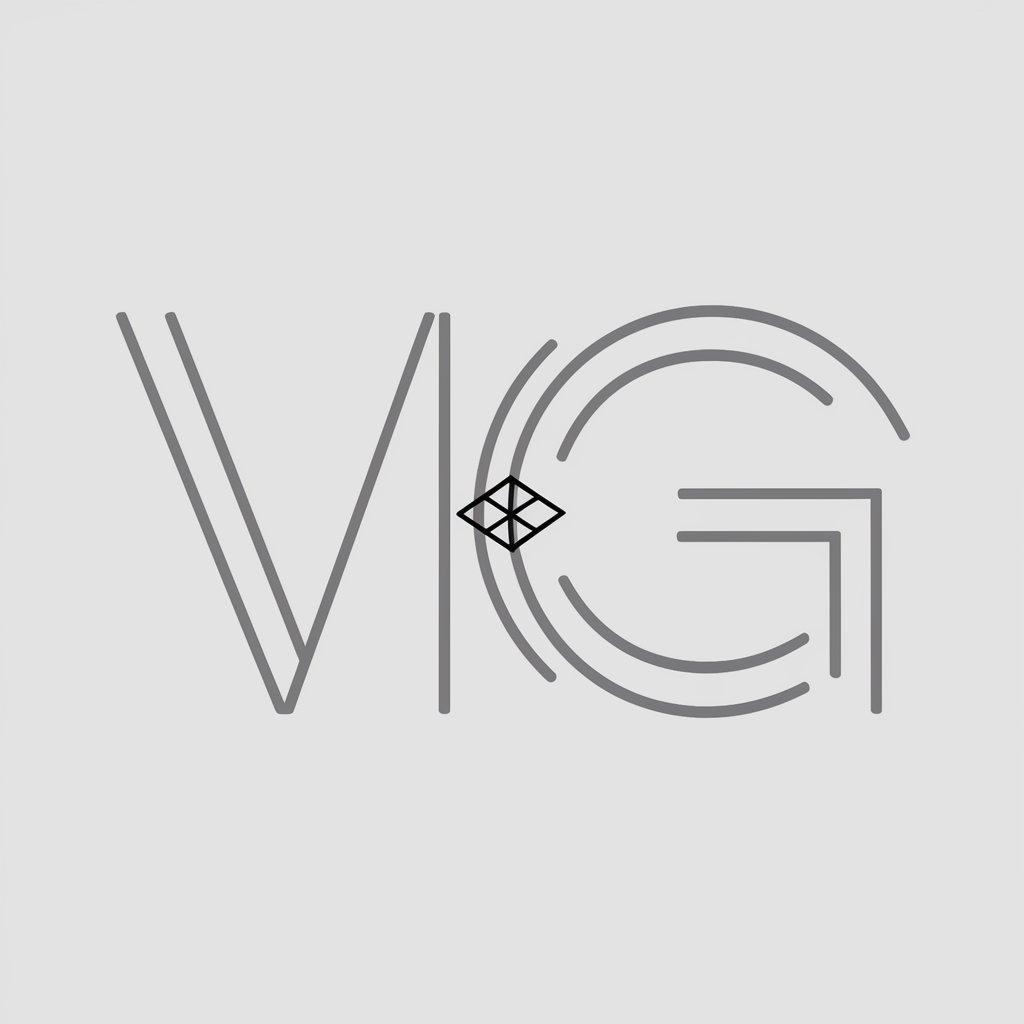
Get Hired GPT
Enhancing Your Job Hunt with AI Expertise

ChatGDP
GDP Insights with Advanced AI
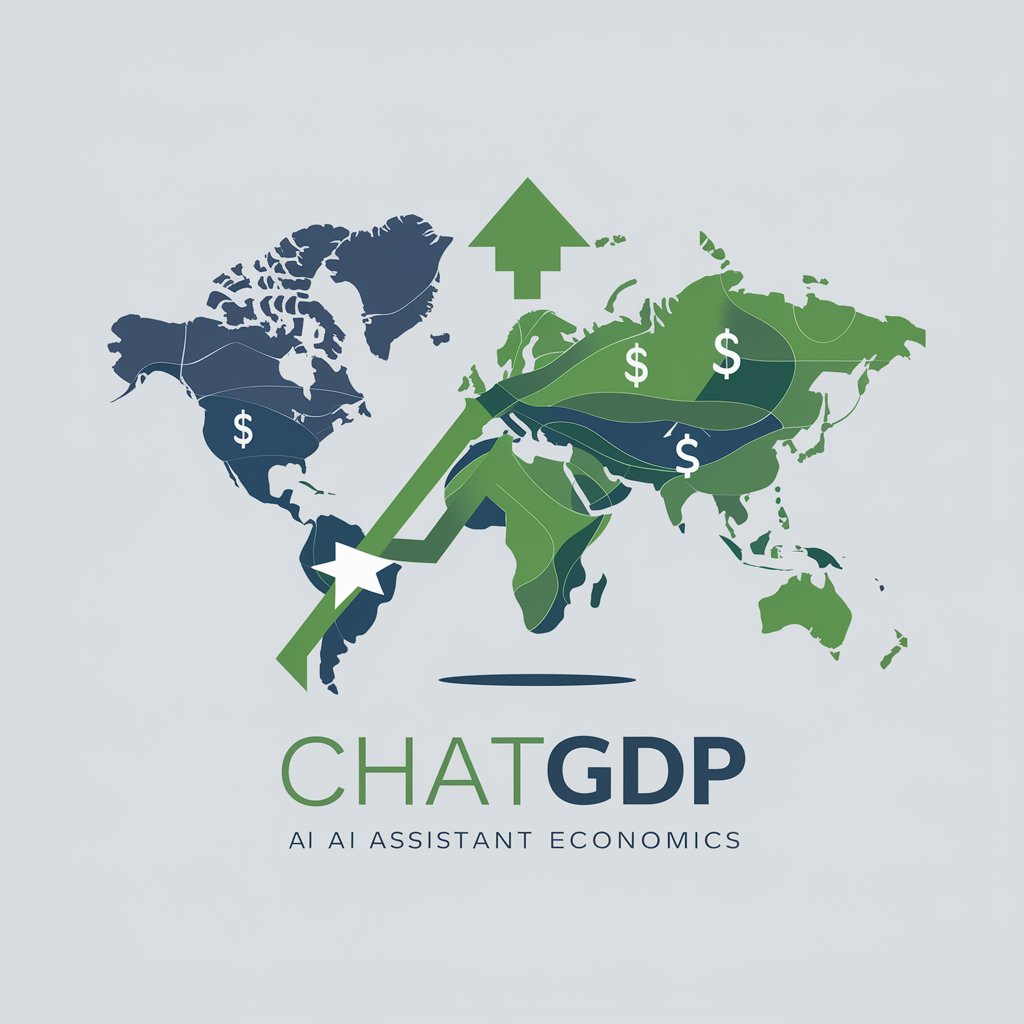
Santa's Snowy Quest
Embark on a Festive Adventure with Santa

Bill Balancer
Split bills fairly with AI precision
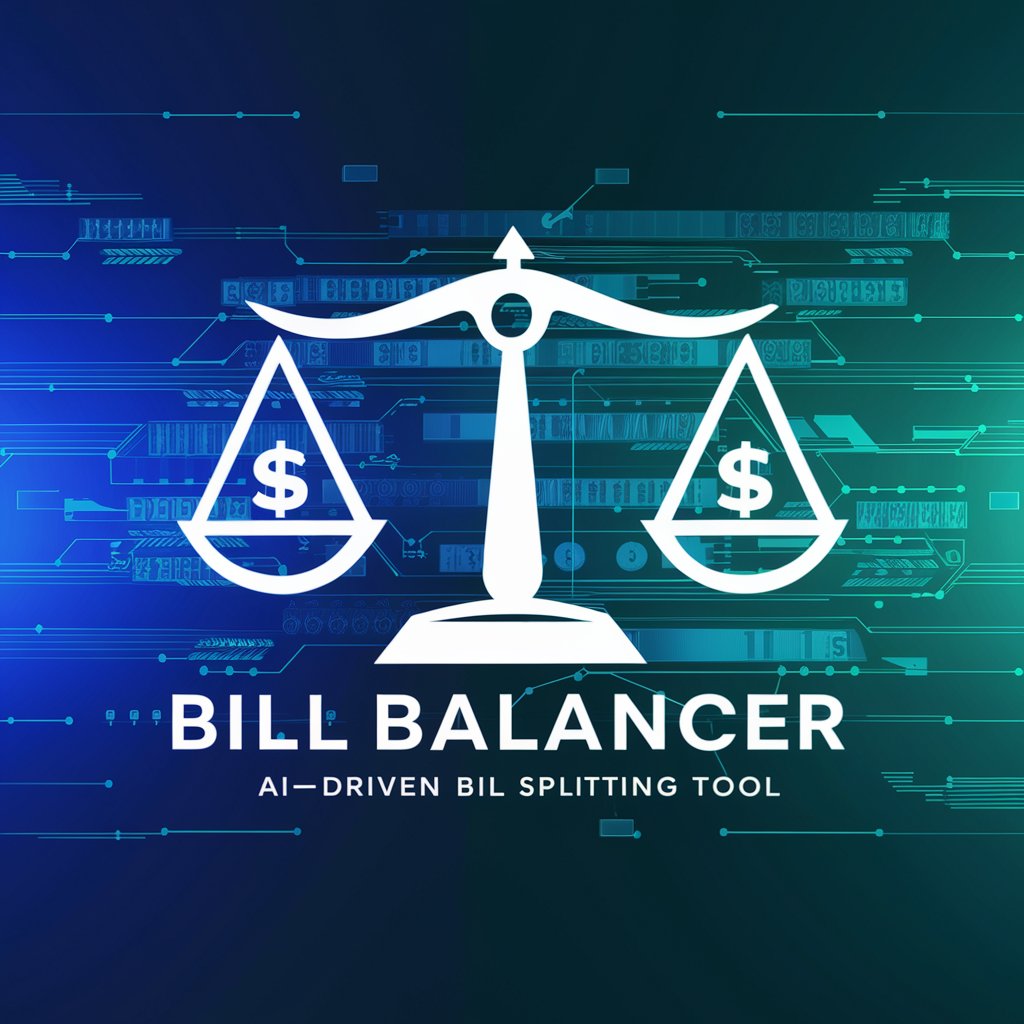
Frequently Asked Questions about Float UI GPT
What is Float UI GPT?
Float UI GPT is a specialized AI model designed to generate high-quality Tailwind CSS UI components based on user input, focusing on responsive and accessible web design.
How does Float UI GPT ensure accessibility in its components?
Float UI GPT adheres to web accessibility guidelines, generating code that includes features like keyboard navigation, ARIA roles, and proper contrast ratios.
Can Float UI GPT adapt to design trends?
Yes, Float UI GPT continuously learns and adapts, staying updated with the latest web design trends and Tailwind CSS updates.
Is it suitable for complex web projects?
Float UI GPT excels in creating simple and clear components, making it ideal for projects requiring clean and efficient UI design rather than complex, intricate layouts.
How can developers optimize their use of Float UI GPT?
Developers can optimize their use by providing detailed, specific requirements, regularly updating their knowledge of Tailwind CSS, and thoroughly testing generated components in their projects.
